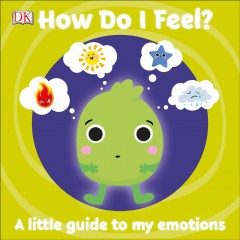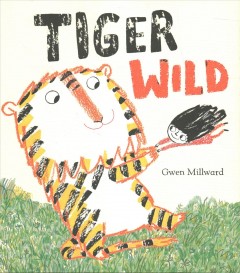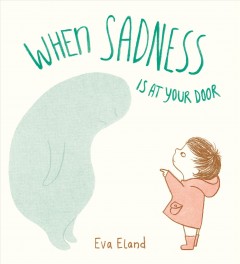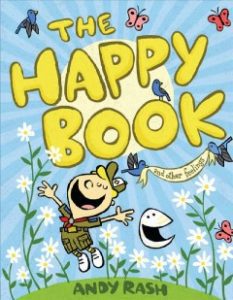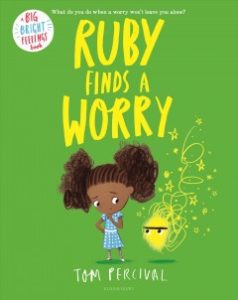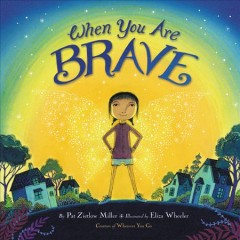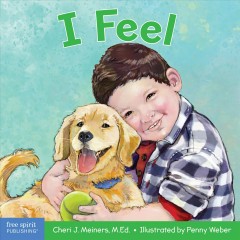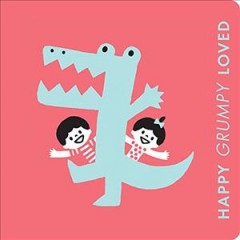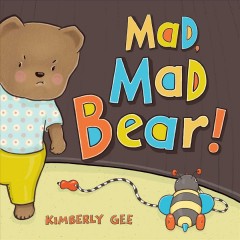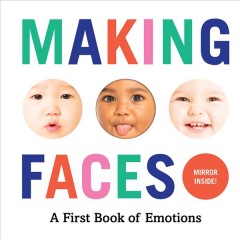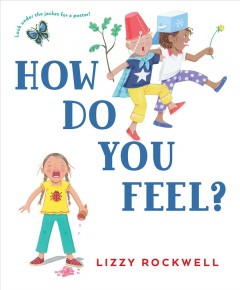
29 Sep Kids and Emotions
As you work on learning numbers and letters with your young child, don’t forget to spend some time developing their emotional literacy as well.
Emotional literacy refers to a child’s ability to identify emotions. When a child can label emotions like happy, sad, mad, surprised, worried, or proud, they will be better able to express those feelings when they experience them. They will also be able to recognize those emotions in other people.
One of the best approaches to teaching emotional literacy is to label the emotions your child feels every day. Try not to judge in the moment. Instead, remain neutral and identify what they may be feeling: “You seem frustrated,” “That sounds exciting,” “It looks like you feel sad.” This helps them develop the vocabulary to recognize their feelings. You can also play a game with your preschooler where you each take turns acting out different emotions. As you do this, you can discuss how to handle these big feelings too. You can practice how to react, rather than trying to teach your child how to cope while they are truly experiencing those feelings.
Books are another great avenue for learning about emotions! Below are some books available from the library that deal with specific feelings. But you can always pause while reading any book to look at the illustrations and identify what a character might be feeling.
Picture books featuring emotional literacy
How Do I Feel? A Little Guide to My Emotions
How Do You Feel? by Lizzy Rockwell
When Sadness is At Your Door by Eva Eland
Ruby Finds a Worry by Tom Percival
When You Are Brave by Pat Zietlow Miller
Happy, Grumpy, Loved: A Little Book of Feelings by Ruth Austin
Mad, Mad Bear! by Kimberly Gee
Making Faces: A First Book of Emotions by Molly Magnuson



